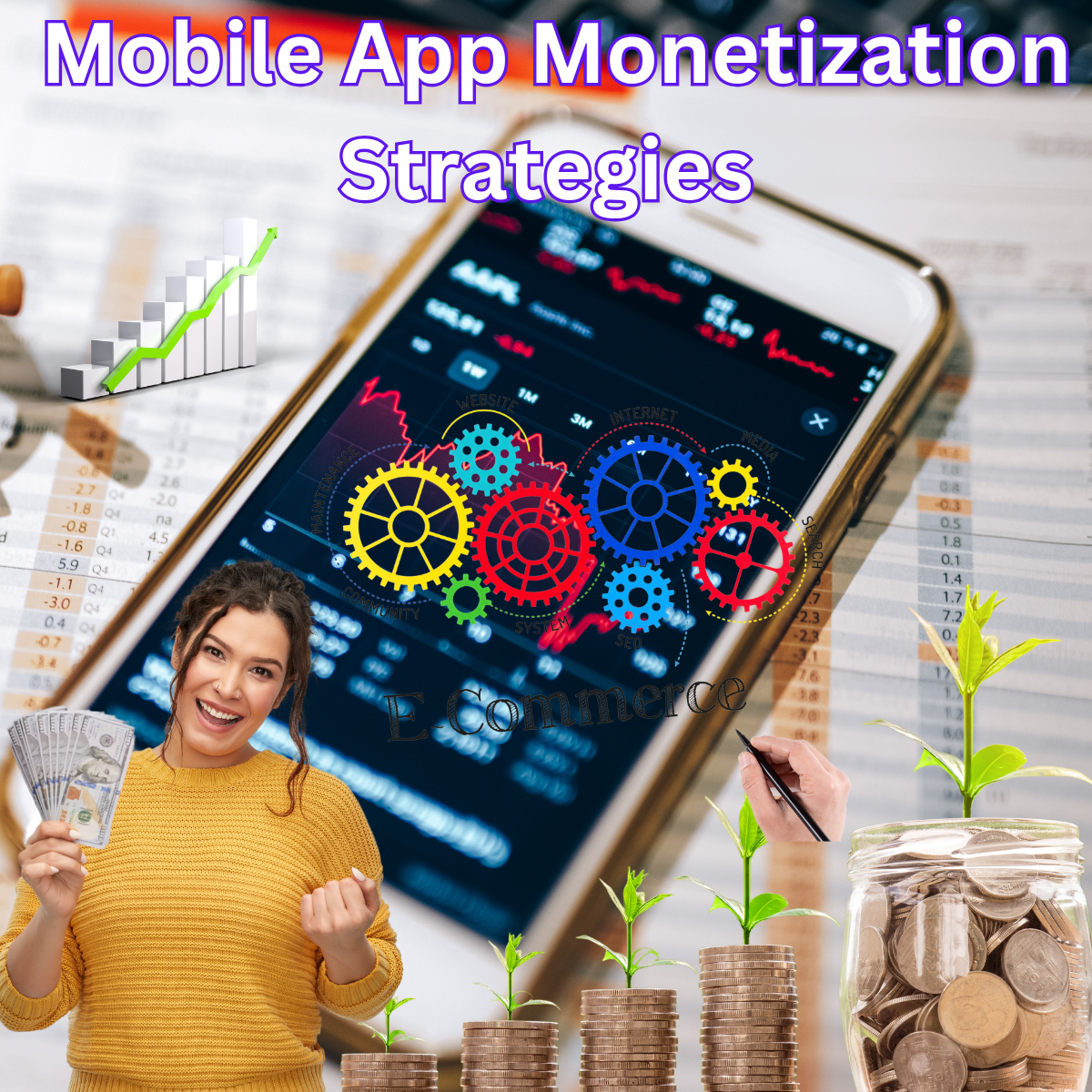Discover innovative mobile app monetization strategies that balance revenue and user experience. From subscriptions and in-app purchases to gamification, hybrid models, and data monetization, this guide covers creative approaches to help app developers increase profits while keeping users engaged.
Posted At: Aug 19, 2025 - 374 Views

Mobile app monetization is a crucial aspect of app development and can significantly influence an app's success. Here are some innovative strategies across various monetization models:
1. Subscriptions
- Freemium Model: Offer basic features for free while charging for premium features. This model can include free trials to attract users.
- Tiered Pricing: Create multiple subscription tiers (e.g., basic, standard, premium) with increasing benefits, catering to different user needs and budgets.
- Family Plans: Provide subscription options for families or groups, allowing multiple users to access premium features at a discounted rate.
- Content Bundling: Collaborate with other apps to offer bundled subscriptions, giving users access to multiple services at a reduced price.
2. In-App Purchases (IAP)
- Consumables and Non-consumables: Offer consumable items (like virtual currency or game lives) and non-consumables (like permanent features or content).
- Seasonal Content: Introduce limited-time offers or seasonal content that encourages users to make purchases to enhance their experience.
- User-Generated Content: Allow users to create and sell their own content within the app, taking a percentage of each transaction.
- Customization Options: Offer users the ability to customize their experience through purchasable themes, skins, or avatars.
3. Advertising
- Native Ads: Integrate ads seamlessly into the app's interface, providing a non-intrusive experience while promoting relevant products or services.
- Rewarded Ads: Allow users to watch ads in exchange for in-app rewards, creating an incentive for engagement while generating ad revenue.
- Affiliate Marketing: Partner with brands to promote their products, earning a commission on sales made through the app.
- Dynamic Ad Placement: Utilize data analytics to serve personalized ads based on user behavior, improving ad relevance and click-through rates.
4. Hybrid Models
- Ad-Free Subscriptions: Offer an ad-free experience for users who subscribe, appealing to those who prefer uninterrupted usage.
- In-App Purchase Discounts: Provide discounts on in-app purchases for subscribers, creating value in both subscription and purchase models.
- Loyalty Programs: Implement loyalty programs that reward users for engagement, allowing them to earn points redeemable for subscriptions or in-app purchases.
5. Data Monetization
- Insights and Analytics: Offer aggregated data insights to businesses about user trends and behavior, ensuring user privacy is respected.
- Partnerships: Collaborate with other companies for targeted marketing, using anonymized user data to help them reach specific demographics.
6. Gamification
- Challenges and Rewards: Create challenges that encourage users to engage with the app more, offering rewards for completion which can be purchased or used to unlock features.
- Leaderboards: Incorporate competitive elements where users can see how they rank against others, encouraging purchases to gain an edge.
7. Community Engagement
- Crowdfunding Features: Allow users to support app development or content creation through crowdfunding options, offering exclusive perks in return.
- Social Features: Integrate social sharing features that allow users to invite friends, with rewards for both the inviter and invitee.
Conclusion
Choosing the right monetization strategy requires understanding your target audience, market trends, and the unique value your app offers. A combination of these innovative approaches can lead to a sustainable revenue model while enhancing user experience and engagement.
